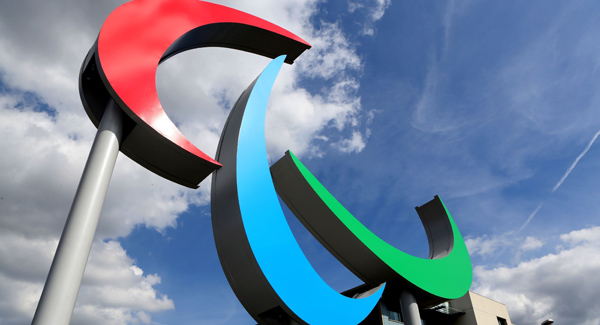Classification is a key part of Paralympic sport, to ensure fair competition and minimise the impact of impairments.
All 22 Paralympic disciplines have sport-specific classification criteria and some sports are open only to those with specific impairments, such as wheelchair rugby, which is played by those with tetraplegia or similar functions.
Athletes in various sports are often grouped by age or weight and classification is similar, determining which athletes are eligible to compete in a sport and how they are grouped together.
As a viewer of the Paralympics as a sporting contest, it is important to have faith that the classifiers are correct.
But on occasions it can go wrong and classifications have been manipulated. If drug scandals are the bane of Olympic sport, classification controversies have marred Paralympic sport.
Athletes have been known to try to exacerbate their impairment to fall into a class where they have a greater chance of claiming a medal.

In 2000, Spain’s intellectually disabled basketball team were found to be anything but; some possessing degrees. Intellectually disabled athletes were barred from the Games, but returned at London 2012.
In a curious case, Dutchwoman Monique van der Vorst won silver medals at hand cycling in Beijing, but after being involved in an accident in 2010, two years after being hit by a car, the paraplegic recovered to the point where she was briefly signed to a professional cycling team.
Paralympic authorities looked into her unusual story and ruled in 2013 that she had no case to answer.
There can be dissent from competitors, such as when South African sprinter Oscar Pistorius complained about the length of fellow double amputee Alan Oliveira’s prosthetic running blades. The complaint was dismissed.
There are instances where the athlete is an unwitting victim.
In 2008, British thrower Rebecca Chin saw her T38 classification made permanent following a 10th-placed finish in the shot put, but was excluded after finishing second in the discus following a change of heart by the International Paralympic Committee’s chief classifier.
Chin is now a member of British Rowing’s elite squad and won a World Championship silver medal in 2015.
Irish seven-a-side footballer Derek Malone – winner of bronze in the T38 800metres in Athens – was disqualified from the 2008 Games after the Cerebral Palsy International Sports and Recreation Association deemed him not to meet minimal disability criteria. Cerebral palsy is, to an extent, a trainable condition; his rationale was that he had trained too hard. He was too good.

At London 2012, Victoria Arlen was permitted to compete against Ellie Simmonds in the S6 swimming category, but only after an appeal.
Arlen, who took silver behind the Britain in the 400m freestyle and won gold over 100m, was in 2013 was deemed ineligible for Paralympic competition. She is now a journalist.
Danielle Brown, who won archery gold for Britain at London 2012, was in 2013 ruled ineligible for Paralympic competition. She suffers from complex regional pain syndrome – giving her chronic pain in her feet – but World Archery determined that it did not impact on performance.
There are high-profile incidents of controversy, but in general the classification system works.
The key thing to note is that those with the greatest degree of impairment have the lowest number associated with them.
For instance, Oliveira is a T43 athlete. However, because there are so few T43 runners, they are grouped with single amputees, like T44 runner Jonnie Peacock, in competition.
Richard Whitehead is a T42 runner, because his amputation is above the knee. He competes in a different classification.
He won the 200m in London after his request to compete in the marathon was dismissed.
The Court of Arbitration for Sport ruled in favour of the IPC, insisting classes should not be mixed where the impairment affects a different part of the body.
Classifications are assessed out of competition, plus before and during and afterwards to ensure the sporting competition is fair.
After all, that is what the Paralympics is about: sporting competition, not the impairment of an athlete.

Infographic courtesy of Burningnightscrps.org


